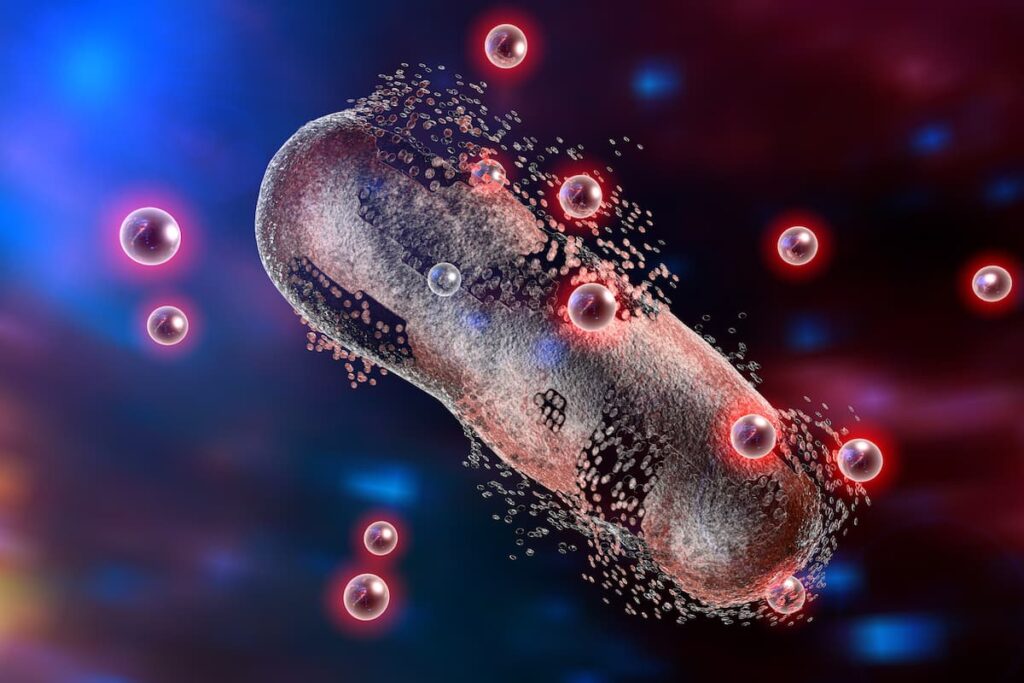Is 2015 The Year for Bind Therapeutics?
Table of contents


While BIND Therapeutics (NASDAQ:BIND) has some other Accurin applications in pre-clinical investigation, the company is hanging its hat on BIND-014 as they have enough cash and revenue from collaborations to last them through mid-2015 which is when they expect to complete Phase 2 clinical trials of BIND-014 in non-small cell lung cancer. The preliminary data made available today is presumably being sifted through by pharma savvy investors at the moment who seem to like what they see. Aside from the big event of Phase 2 completion taking place in 2015, there are a number of other key events which will take place with BIND’s big pharma collaboration partners in 2015. Let’s look at the details of all 4 collaborations:
Amgen, Inc. — (January 2013)
BIND granted Amgen an option to obtain an exclusive worldwide license to develop, manufacture and commercialize an Accurin incorporating a specified Amgen drug candidate. In June 2014, BIND was notified that Amgen would not exercise its option and that no further performance obligations were due to Amgen. BIND received an upfront payment of $5.0 million from Amgen, all of which has been recognized.
Pfizer Inc. — (March 2013)
BIND granted Pfizer two options to obtain an exclusive worldwide license to use, develop, manufacture and commercialize Accurins incorporating specified Pfizer drug candidates. Pfizer may exercise either one or both of these 30-month options but they expire by August of 2015. An upfront payment was agreed upon of $4.0 million with the potential to receive contingent payments totaling up to $89.5 million upon the achievement of certain benchmarks. If both options are exercised, the amount increases to $110 million. Pfizer pays BIND royalties off of the net sales of any licensed product.
AstraZeneca AB — (April 2013)
BIND granted AstraZeneca a worldwide license to research, develop, manufacture and commercialize Accurins incorporating a specified AstraZeneca product candidate for any therapeutic use in humans or animals. An upfront payment of $4.0 million was agreed upon with the potential to receive contingent payments totaling up to $193 million upon the achievement of certain milestones. BIND has recognized $3.3 million of the upfront payment as of June 30, 2014. AstraZeneca is required to pay for all of BIND’s development costs and is also solely responsible for obtaining all regulatory approvals for licensed products. AstraZeneca pays Bind royalties off of the net sales of any licensed product.
Hoffmann-La Roche Ltd. — (June 2014)
R&D agreement to research novel nanomedicines using Accurins for the treatment of diseases in therapeutic areas outside of cancer treatment. Roche will pay BIND an immaterial, non-refundable upfront fee as well as compensating them for their research and development services.
Conclusion
While it was quite impressive that BIND signed 3 big pharma licensees in just four months in 2013, that number is now down to two with Amgen dropping out. It is interesting to note that as part of the Amgen agreement, BIND was expected to deliver “a research and development program and participation on a Joint Research Committee” along with Amgen. This was set to expire in “mid-2014” which is in fact exactly when Amgen said they will not pursue their option. In a similar fashion, both the Pfizer and AstraZeneca agreements call for “research and development services and participation in the Joint Steering Committee” with these respective companies. The Pfizer effort is expected to “span through 2015” while the AstraZeneca effort is “expected to be completed in 2015”. Similar to the case with Amgen, it could very well be that these are “proof of concept” phases that if not passed, will not show any further development progression. Investors in BIND (NASDAQ:BIND) should then expect to see some positive or negative outcomes by the end of 2015 at the latest. Regarding the Roche agreement, it’s interesting to see other possible applications of Accurins outside of cancer treatment.
With both BIND-014 Phase 2 trial results coming out and the Pfizer option set to expire, 2015 promises to be a very telling year for BIND Therapeutics (NASDAQ:BIND).
Sign up to our newsletter to get more of our great research delivered straight to your inbox!
Nanalyze Weekly includes useful insights written by our team of underpaid MBAs, research on new disruptive technology stocks flying under the radar, and summaries of our recent research. Always 100% free.















